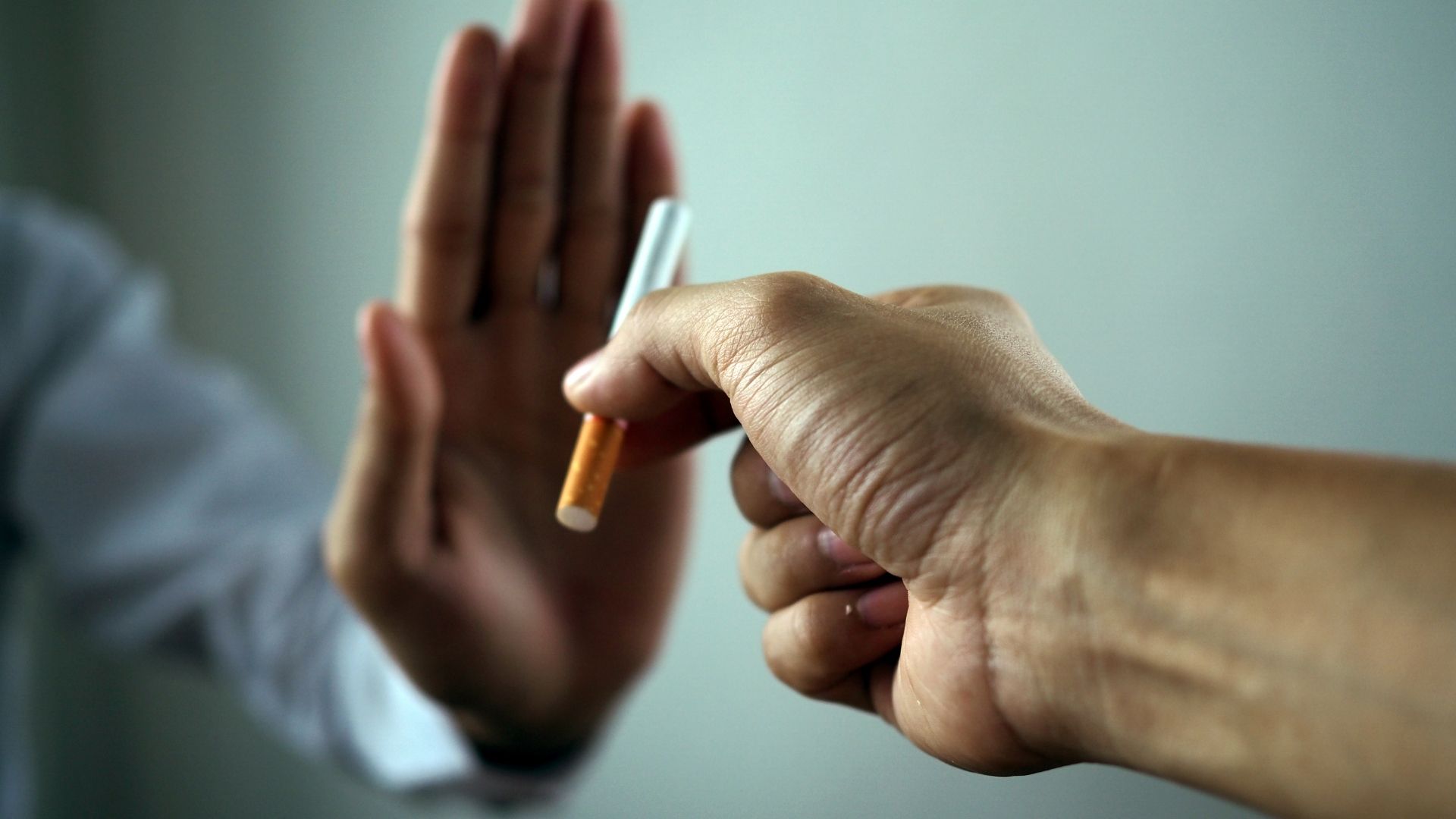Quitting Smoking: 11 Steps to Health
Quitting smoking is a big step towards both physical and mental health. People who smoke cigarettes or use other tobacco products face a higher risk of dying earlier, as well as tobacco-related diseases. Because nicotine in cigarettes is an addictive substance, it can be difficult to quit smoking. However, despite this difficulty, it is possible to quit smoking and live a healthier, more enjoyable and longer life.
Decision to Quit Smoking
The first step to quit smoking is for the individual to decide to quit smoking and set a quit date. After this decision, it is important to map out a quit action plan.
Get Support
Quitting smoking can be more difficult without support. Support can come from family members, friends, doctors, counselors or a support group. The Ministry of Health’s 171 Stop Smoking Advice Line may also be an option. In addition, various medications that can be used with a doctor’s advice can also make the process of quitting smoking easier.
Plan for Challenges
As part of a smoking cessation action plan, a person should plan for the challenges they may face. The desire to smoke is often associated with certain triggers. It is important to identify these triggers and make a plan to avoid or deal with them.
Benefits of Smoke-Free Living
Remembering the benefits of quitting smoking can also increase motivation. Smoke-free living can increase physical stamina and lead to a better appreciation of tastes and smells. However, it is important to remember that smoke-free living does not mean stress-free living.
Stress Management
After quitting smoking, it is important to learn alternative ways to cope with stress. Relaxation techniques such as deep breathing exercises, muscle relaxation and yoga can reduce stress.
Ways to Resist Tobacco Cravings
The following methods may work to deal with tobacco cravings:
Remember and Resist: Tobacco cravings can pass in 5 to 10 minutes. Every resistance is a step towards quitting smoking for good.
Nicotine Replacement Therapy: Ask your doctor about nicotine replacement products such as nicotine gum, lozenges or patches.
Avoid Triggers: The urge to smoke is often triggered by certain situations. Avoid these situations or make a plan to deal with them.
Use Non-Smoking Areas: Moving to areas where smoking is prohibited can give the urge extra time to pass.
Chew Something: Chewing sugar-free gum or eating healthy snacks can keep your mouth busy.
Avoid the “Just One” Lie: The thought of smoking just one cigarette can make you relapse. Avoid falling into this trap.
Exercise: Physical activities can reduce cravings for cigarettes. Brisk walking, climbing stairs or exercising at home can be helpful.
Relaxation Techniques: Deep breathing, muscle relaxation exercises or listening to calming music can reduce cravings for cigarettes.
Call for Reinforcements: Contact a friend or family member when cravings for cigarettes come up.
Get Online Support: You can join online smoking cessation programs or find motivation by reading about others’ experiences.
Remember Your Goals: Think about why you want to quit smoking. Goals such as better health, saving money and protecting loved ones can motivate you.
Quitting smoking can be hard, but every resistance brings you one step closer to a tobacco-free life. Take care of your health and take a step towards a smoke-free life.



